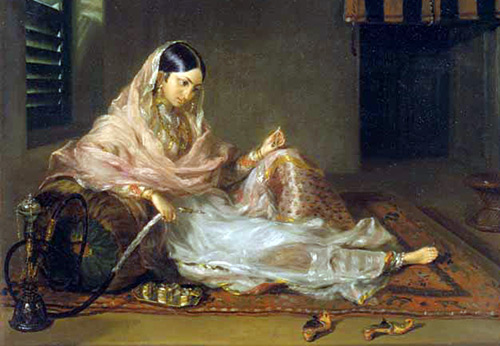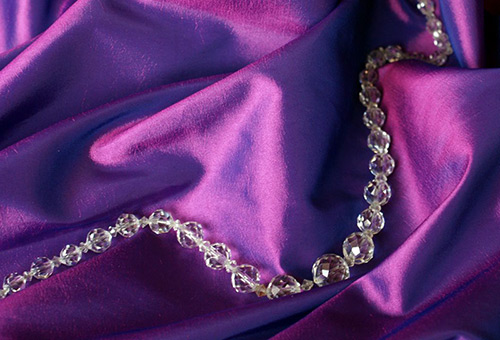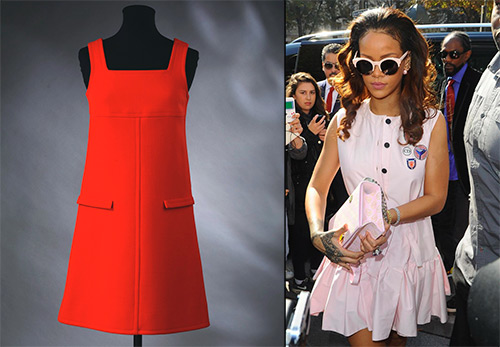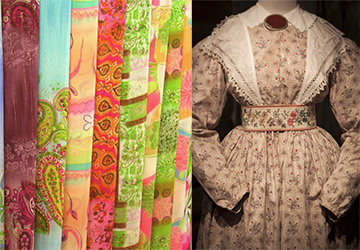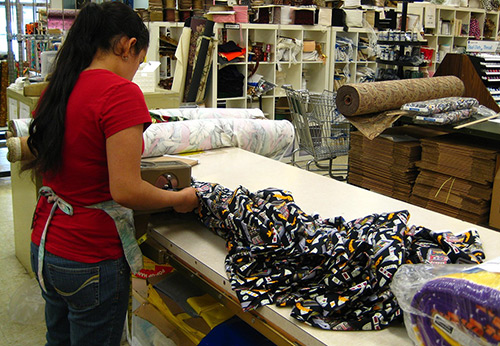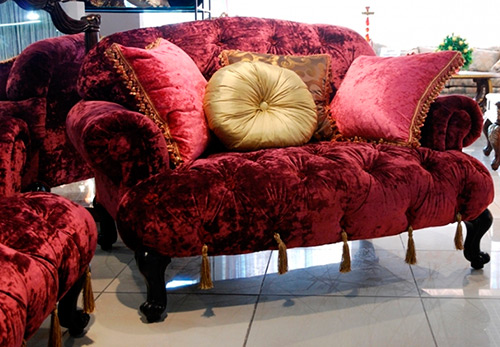Materials Science
Footer fabric - composition, properties and ready-to-wear
Sometimes, when buying a fabric, we are surprised at the name and think - something new has been invented. But in fact, this unfamiliar fabric has long been known to us. This often happens with a fabric called footer. After all, every day we put on warm and pleasant to the body home clothes, sportswear, sweatshirts, thin and delicate underwear, including children's clothes - blouses, sliders, pajamas and other items of clothing necessary for babies.
So what kind of fabric is a footer?
It is a soft and delicate cotton fabric. The front side of it is usually smooth, and the wrong side is often with pile of different lengths, due to which the density of the fabric is created. Clothes from the footer provide warmth and comfort, they fit well to the body and keep warm as well as woolen ones.
The history of the origin of the footer is unknown, as is the country in which the fabric first appeared. There are suggestions that her homeland is a country called the USSR... The Central Asian republics in which cotton was grown could be involved. But let's not argue, because it is always difficult to get to the bottom of the truth.
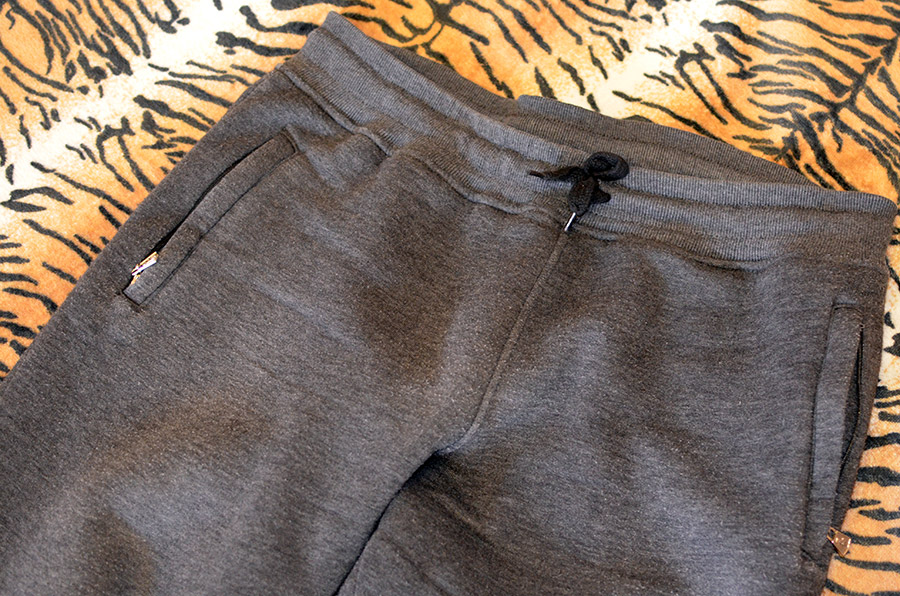
Futter translates from German as lining, and the lining for clothes is a fabric sewn from the wrong side. So in a fabric called a footer, the seamy side is made with great care and with certain technologies.
The fact is that in the production of fabrics there is such a thing as lined weaving. This is a special way of weaving threads, when threads are knitted from the wrong side to the warp. The warp is made with a regular thread and creates a smooth front side, and a soft and slightly twisted or footer thread creates a loose back side with a pile.
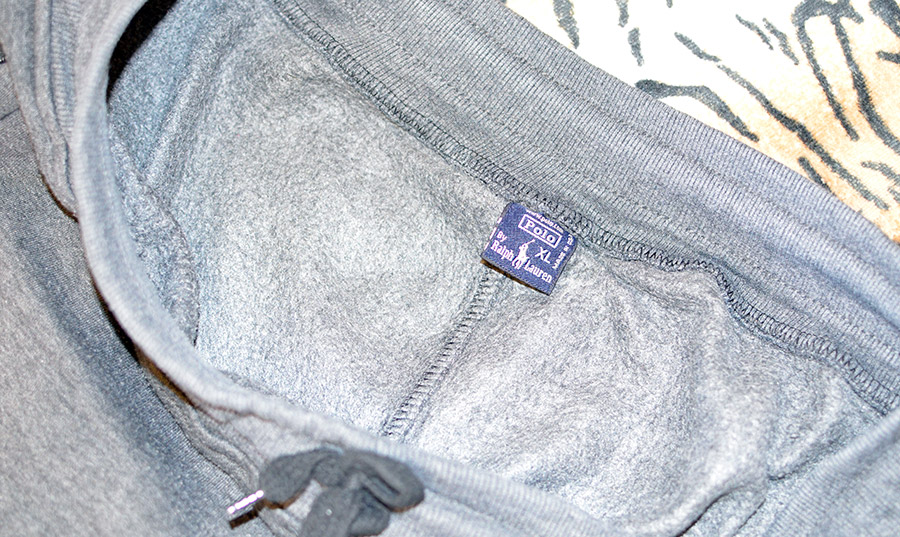
This makes the material stronger and more dense, as well as pleasing to the body. The soft pile from the inside forms a fleece, the length and density of which depends on the parameters of the lining thread. As a result of knitting, the lining yarns are sometimes left in loops. The threads are fastened securely, and like any knitted thing, the fabric stretches well.
Footer composition
It has already been said that the footer is a cotton fabric. However, it is rarely one hundred percent. Cotton fibers are the main component, usually 80-90% of a high-quality fabric. For elasticity and strength, other fibers are also added to the material.
1. Wool
Cotton in combination with wool retains heat well, but such fabric is unpleasant for the body - it is too prickly. In addition, both wool and footer, like cotton, shrink strongly. Therefore, a similar combination is used for lining or front top when sewing coats, jackets and other similar things.
2. Viscose
Combined with viscose the material is obtained with a beautiful shine and has increased strength. But, like wool, and viscose with a footer has a fairly strong shrinkage.
3. Polyester
By combining cotton fibers with synthetics, a sufficiently strong and durable material is obtained, but uncomfortable, poorly permeable to air and poorly retaining heat.
4. Lycra (elastane)
It is this supplement that is considered the most successful. The material will be elastic and beautiful, the elasticity and durability of the garment are guaranteed. Things made of such fabric fit the body well and do not restrict movement. Moreover, to create the listed advantages, no more than 5% is enough lycra... The products retain the best properties of cotton, they do not require ironing, and no pellets are formed on them.
In fact, for a material to be called a fender, it must not contain more than 20% impurity fibers. Otherwise, the fabric becomes rough, less warm and unpleasant for the body. Therefore, outerwear such as raincoats is sewn from such materials.
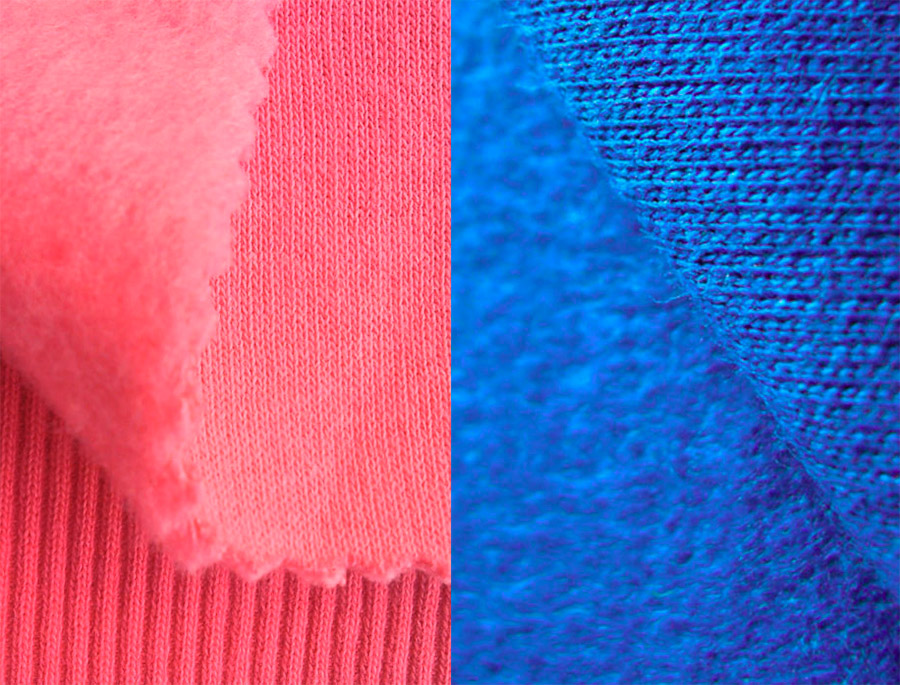
Types of fabric
Depending on the manufacturing technology, the material is classified into three types.
Single-strand. It is woven from the best quality cotton. The canvas is the thinnest. Therefore, this type is used for babies, as well as for comfortable underwear.
Double strand footer. Two footer threads are woven from the inside out. In this case, viscose thread or other synthetic fibers are added. A two-thread footer is used for home and children's clothing, warm underwear, tracksuits, sweatshirts, trousers. This material has a terry inside out, and it is called otherwise - terry jersey. Products made from it are warm and of high quality, but too voluminous. When Lycra is added, they become more elastic.
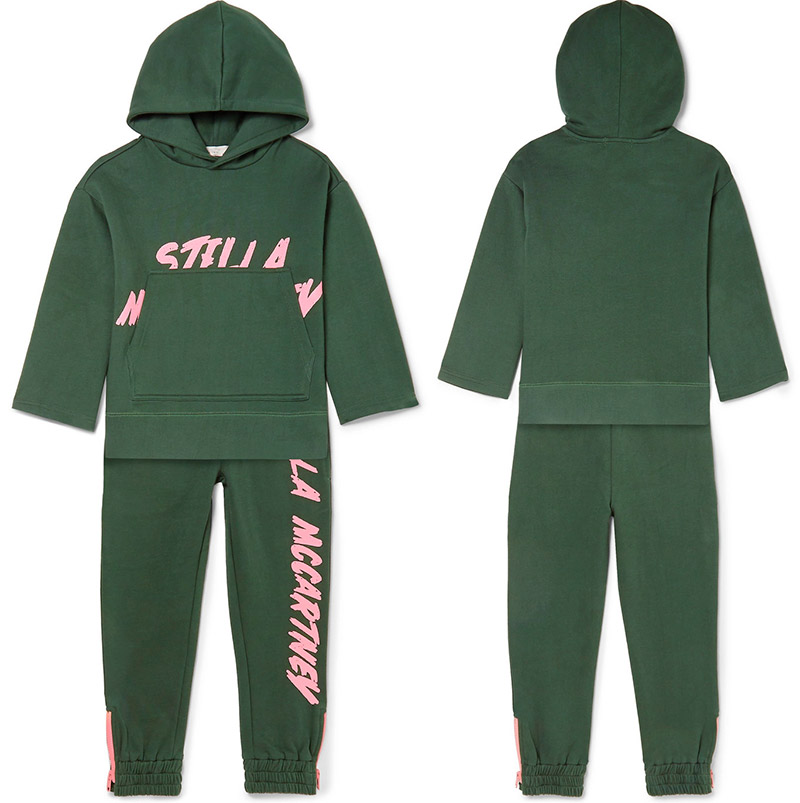
Three-strand footer has a long pile, and in itself is already voluminous and thick, and of course, warm. However, it all depends on the raw materials and methods of processing purl threads. Thus, you can get the wrong side in the form of loops or fleece of different thicknesses. The warmest footer with a thick fleece is used when sewing overalls and thermal underwear.
Since it has been repeatedly mentioned about the dependence of the quality of the material on the raw material, we note that the best cotton is considered to be the singing variety (PE), which has a fiber length of 35-70 mm. Singing gives the highest quality single strand fabric with a fluffy, resistant pile. Products from it do not wrinkle, "do not cough". A variation of this variety is compact singing, or cotton of the highest quality, which does not even shrink and retains its above listed advantages for a sufficiently long time.
Ring or card - cotton with a fiber length of 27-35 mm, has a small "fluff", the canvas turns out to be a little rough.
Open, open end, O / E. The length of the fibers is 20-27 mm. Poor quality cotton. When cotton fibers are shorter in length, cotton wool is made. The shorter the fibers, the higher the fluffiness in the web. At the same time, villi and fleece appear on the front side, which quickly rolls down. These products have the lowest price.
If you want to make a choice of the best quality, pay attention to the indication - from which raw material the footer is made.
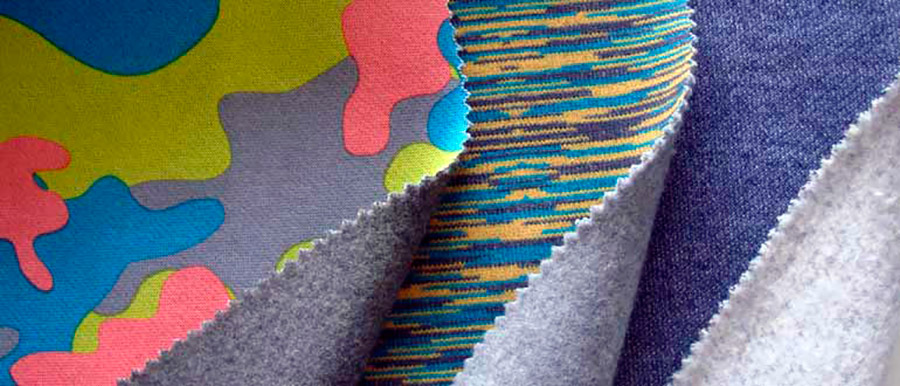
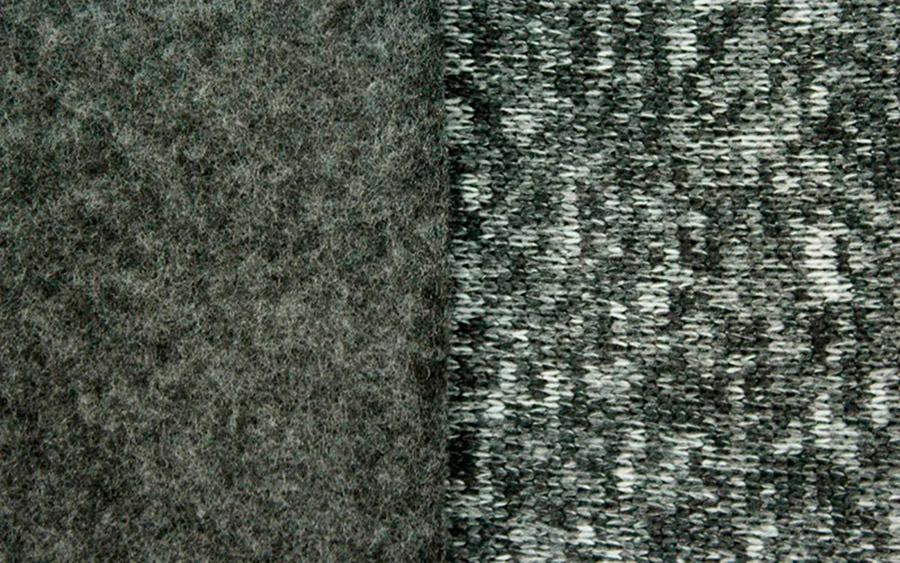
Advantages of fabric
What are the advantages of footer products?
1. Feeling of comfort.
2. Thanks to the successful additions, the products keep their shape well for a long time.
3. Retain the original appearance and color after multiple washes, if you follow the care recommendations.
4. Footer absorbs moisture well, sportsmen and mothers of babies speak about it. If the fabric is of good quality, you will not feel an unpleasant odor.
5. Material with 95-100% cotton content is hypoallergenic.
6. Products do not hinder movement, while they fit the body well.
7. Things from the footer are strong enough. They are not afraid of spools and puffs. However, everything here depends on our choice, since the strength is determined by the weaving technique. Therefore, you will have to pay for the best qualities.
8. Good breathability.
disadvantages
1. The footer has shrinkage, especially if there is little or no impurities in it. Therefore, if you sew clothes from it, you must first wash the fabric (soak it in water) and iron it so that shrinkage occurs before sewing. The fabric is obedient during sewing.
2. There are products that lose their original color during washing. It depends on the paints used, or rather on the manufacturer. Usually we buy such things cheaper.
3. The material is sensitive to high temperatures and direct sunlight. Therefore, it is impossible to boil things, and do not dry in direct sunlight after washing.
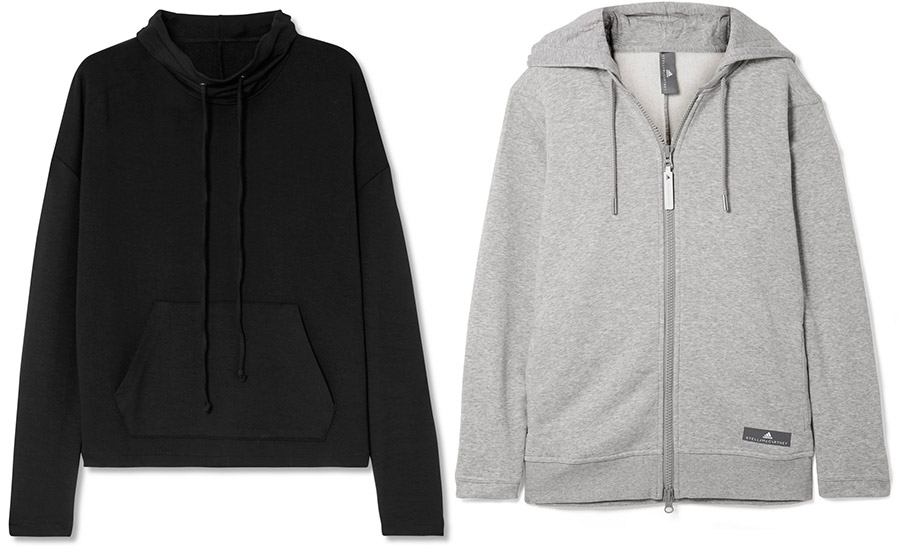
Care of footer products
Before washing or ironing the product, you should familiarize yourself with the manufacturer's basic recommendations for the care of the product. However, let's add some points for caring for things from the footer.
It is recommended to wash products from a thick footer at a temperature of 50 - 60 ° C, from a thin one - at 30 - 40 ° C, and this must be done by hand, or in a machine on a delicate mode. White items can be washed with a universal powder, colored items with a more delicate detergent, for example, liquid or special powder for colored items. You cannot boil things from the footer.High temperature can break the fiber and damage the product.
It is better to dry products naturally. The dangers of direct sunlight have already been mentioned. It is better to hang the products from a thick, bulky fabric semi-damp.
Paying attention to the shrinkage of the footer, many consumers give advice - to buy things one size larger.
The clothes can be ironed in the cotton mode if the fabric is thick, and in the silk mode if the fabric is thin.
As a result, we can say that things made of this fabric are durable, comfortable and warm. Products made from high-quality footer can be called environmentally friendly and harmless.
Comments and Reviews
Add a comment
Rating news
Shades of clothing that make women look younger
What shades of hair make women younger: rules and photos
Funny wedding dresses - photos and ideas
12 most expensive down jackets for the winter
How to look 25 at 40: tips from supermodels
Beautiful schoolgirls
Anti-aging haircuts and hairstyles for women
Fashionable skirts for autumn and winter
Fashionable women's trousers for the cold season
Fashionable and stylish sandals for summer 2024
Spring-summer 2024
 Fashionable dresses and tops with thin spaghetti straps
Fashionable dresses and tops with thin spaghetti straps
 Bandana tops: how to wear stylishly and beautifully
Bandana tops: how to wear stylishly and beautifully
 How to put together the perfect men's wardrobe for the summer
How to put together the perfect men's wardrobe for the summer
 Fashionable shorts for spring-summer 2024
Fashionable shorts for spring-summer 2024
 Fashionable skirts for spring-summer 2024: a guide to online shopping
Fashionable skirts for spring-summer 2024: a guide to online shopping
 The most fashionable dresses spring-summer 2024: styles and colors
The most fashionable dresses spring-summer 2024: styles and colors
 Fashionable total look 2024: ideas of images and trends
Fashionable total look 2024: ideas of images and trends
